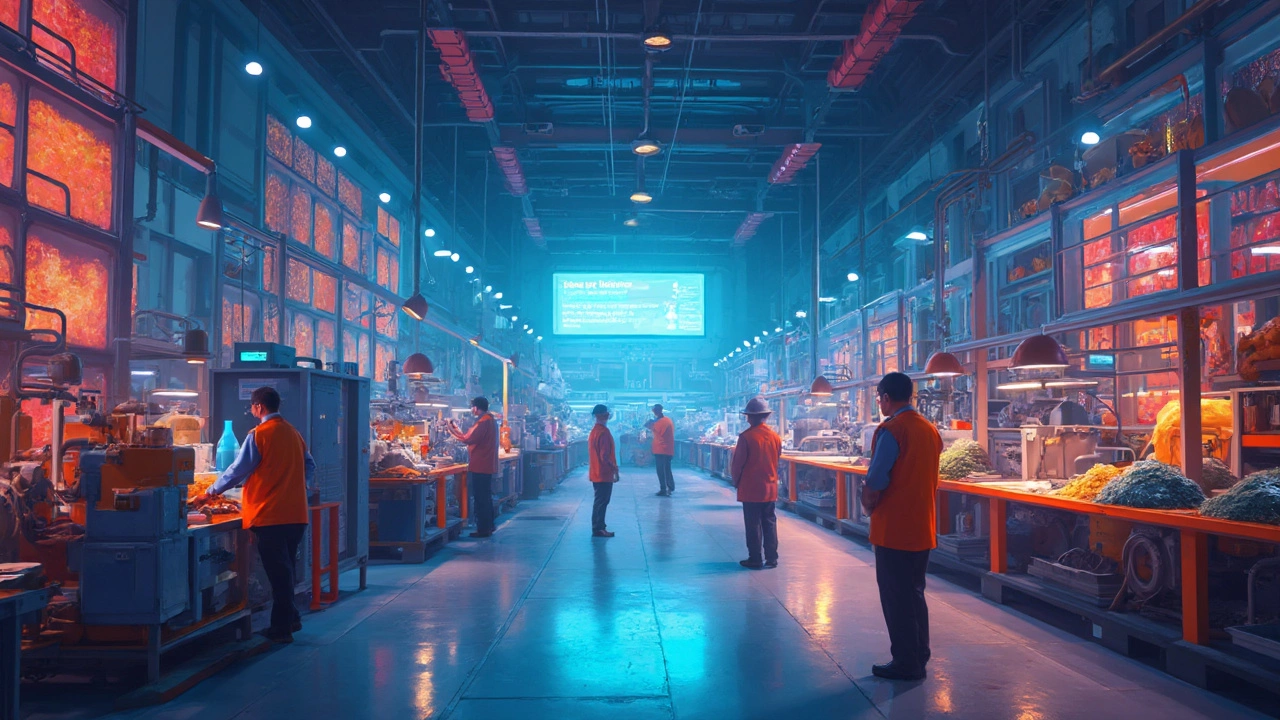Plastics: Understanding the Material, the Market, and the Challenges
When talking about Plastics, synthetic polymers that shape everything from packaging to auto parts. Also known as synthetic polymers, they are the backbone of modern manufacturing.
Key players in this space are plastic manufacturers, companies that convert raw polymer resin into finished products through processes such as injection molding and extrusion. The industry also contends with plastic waste, discarded polymer material that ends up in landfills or the environment, a growing concern that drives recycling, the systematic collection, sorting, and re‑processing of used plastics into new feedstock. These entities are tightly linked: plastics encompass polymer chemistry, plastic manufacturing requires extrusion or injection molding, and plastic waste influences recycling policies.
Plastics come in many families – polyethylene (PE), polypropylene (PP), polyethylene terephthalate (PET) and more. Each polymer has distinct properties: PE offers flexibility, PET provides clarity, and PP delivers heat resistance. Understanding these attributes helps manufacturers choose the right material for a specific product, whether it’s a water bottle, an automotive component, or a medical device.
The market today is shaped by three forces. First, demand for lightweight, durable parts pushes car makers to replace metal with polymer composites. Second, consumer awareness of single‑use items spurs companies to adopt recyclable or biodegradable alternatives. Third, government regulations in India and abroad set recycling targets and levy taxes on non‑recyclable plastics. Together, these trends create opportunities for startups that can deliver cost‑effective, eco‑friendly solutions.
Recycling technologies are evolving fast. Mechanical recycling grinds clean waste into flakes that are remelted, while chemical recycling breaks down polymers back into their monomers for a closed‑loop supply. Both approaches require specialized equipment, skilled labor, and reliable waste streams – areas where many Indian firms are still building capability. Investment in modern sorting facilities and public‑private partnership programs can bridge the gap between waste generation and material reuse.
Beyond traditional recycling, the industry is exploring bio‑based polymers made from corn starch, sugarcane, or algae. These materials reduce reliance on fossil fuels and often biodegrade under the right conditions. Pairing bio‑plastics with advanced manufacturing methods like 3‑D printing opens new design possibilities for consumer goods and medical implants.
Below you’ll find a curated list of articles that dig deeper into product ideas, market leaders, waste statistics, and emerging technologies. Whether you’re a founder scouting a niche, a supplier looking for growth trends, or a consumer curious about the life cycle of the plastics around you, the posts ahead provide actionable insights and data‑driven perspectives.
